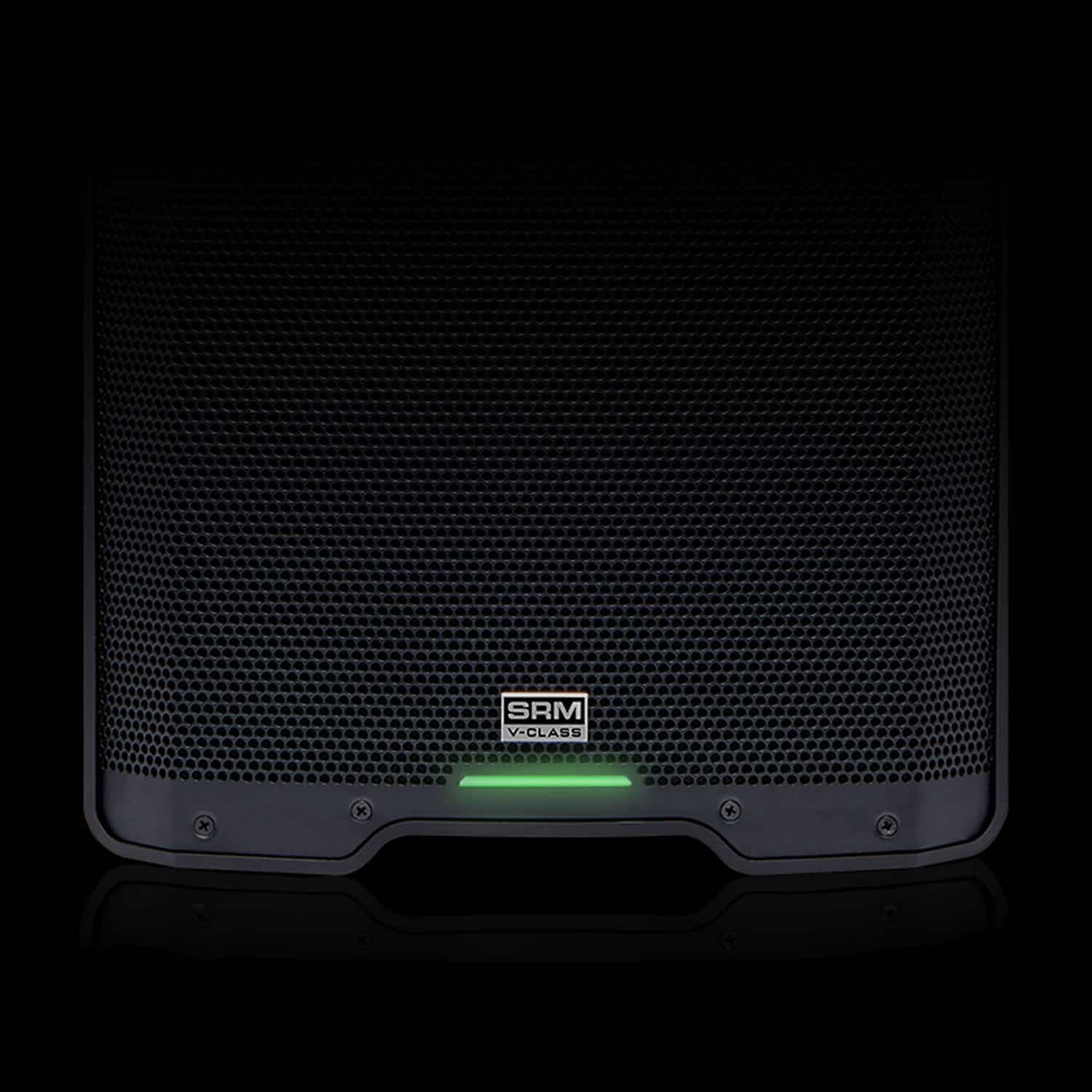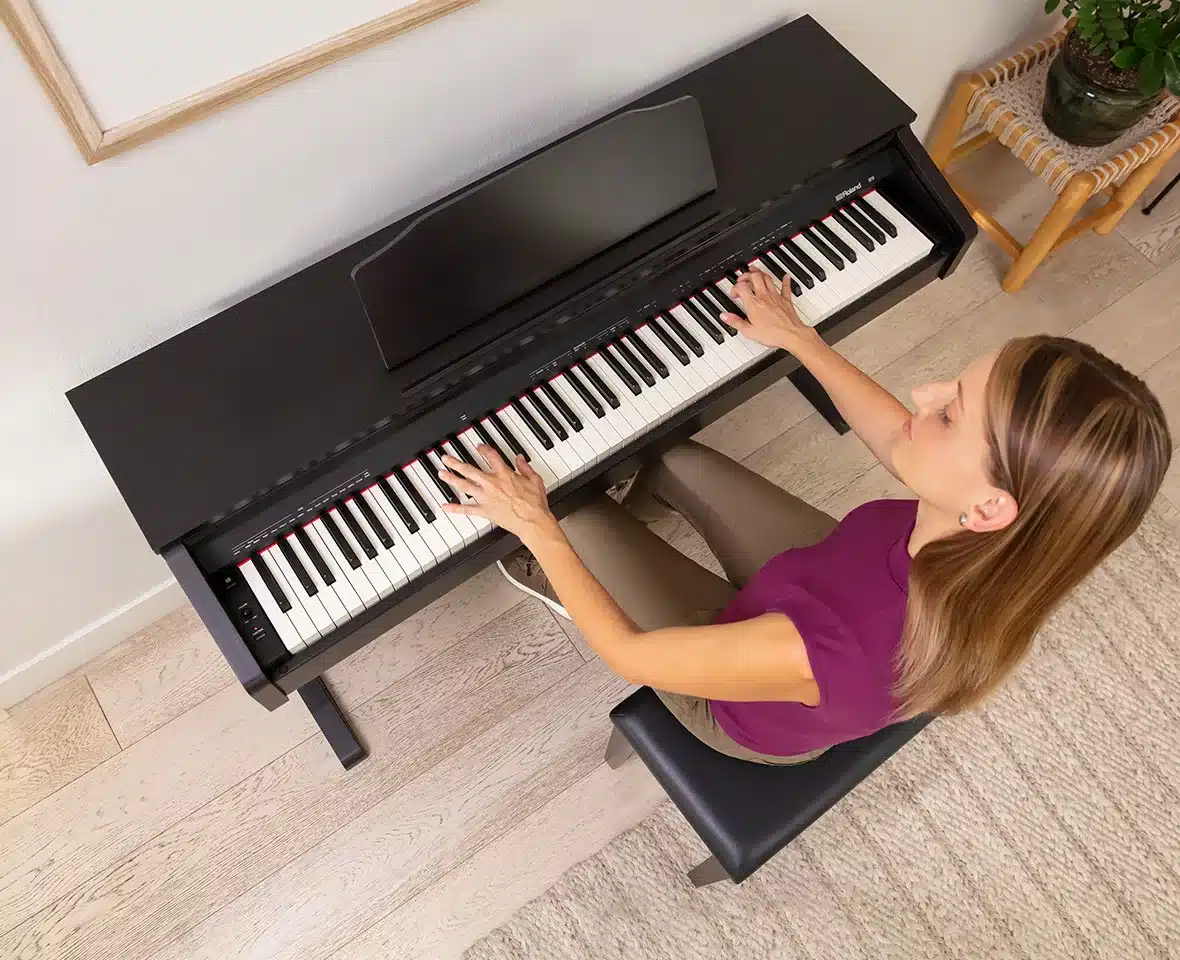Cajon in Natural, Walnut and Teak finishes with adjustable snares. Includes a free carry bag. You will not find a better sounding Cajon in this price bracket.

What is a Cajon?
The Cajon is a box-shaped percussion instrument from Peru. It is played by slapping the box with the hands and fingers, although some players have been known to use brushes, mallets and sticks.
The instrument is primarily used to play traditional Peruvian music like Tondero, Zamacueca and the Peruvian Waltz. It is, however growing in popularity amongst the modern muscian. Today it can be found accompanying an acoustic guitar. Some solo acoustic guitarists have taken to using the Cajon with a bass drum pedal to add more percussion to their music. This gives the solo guitarist a fuller sound.
The Cajon is also becoming more popular in for blues, pop, rock, funk and world jazz music.
The cajón was developed during the periods of slavery in coastal Peru. The instrument reached a peak in popularity by 1850, and by the end of the 19th century, cajón players were experimenting with the design of the instrument by bending some of the planks in the cajón’s body to alter the instrument’s patterns of sound vibration. After slavery, the cajón was spread to a much larger audience including Criollos.
Given that the cajón comes from slave musicians in the Spanish colonial Americas, there are two complementary origin theories for the instrument. It is possible that the drum is a direct descendant of a number of boxlike musical instruments from west and central Africa, especially Angola, and the Antilles. These instruments were adapted by slaves from the Spanish shipping crates at their disposal.[4] In port cities like Matanzas, Cuba, codfish shipping crates and small dresser drawers became similar instruments.








